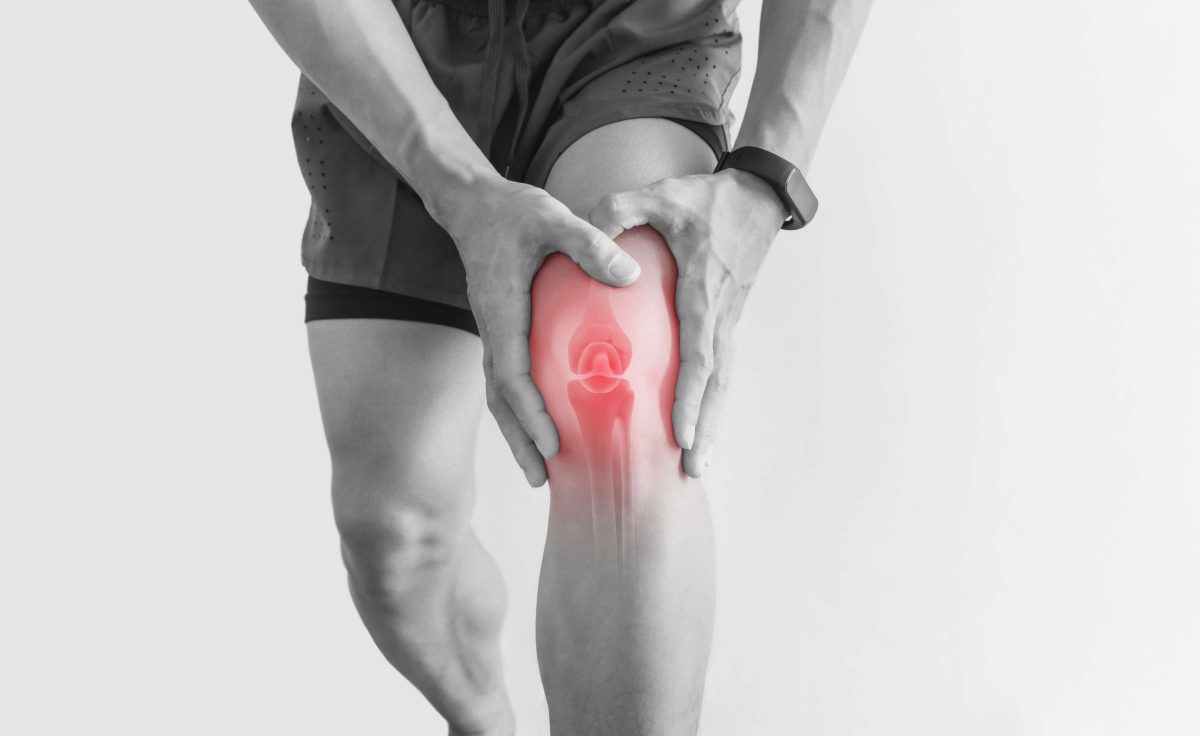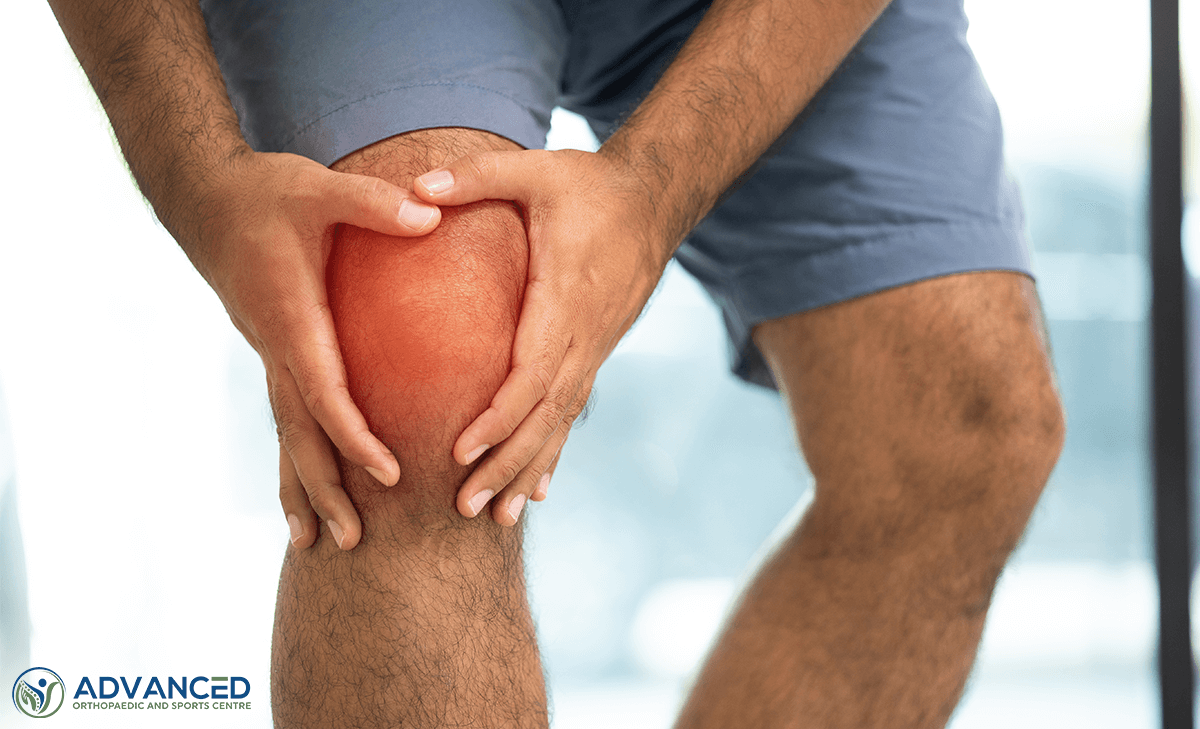What are Meniscus Tears
The meniscus is a C-shaped piece of tough, rubbery cartilage that acts as a shock absorber between the thigh and shin bones. Each knee has two menisci, which help distribute weight and stabilise the joint. A meniscus tear, a common knee injury, occurs when this cartilage is torn, often as a result of activities that involve twisting or turning the knee while bearing weight.
These tears can vary in severity and are classified based on their appearance and location within the meniscus. The injury is prevalent in athletes, particularly those participating in contact sports, but it can also occur in older adults due to degenerative changes in the knee joint.
Diagnosis of Meniscus Tears
Meniscus tears can be diagnosed using the following methods:
- Medical History and Physical Examination: Initial assessment involves understanding the patient’s medical history and the circumstances leading to the injury. Physical tests, such as the McMurray test, are used to identify pain or clicking sounds indicative of a meniscus tear.
- Imaging Tests: An MRI is the primary tool for confirming a meniscus tear, offering detailed images of the knee’s soft tissues. X-rays are also used to exclude other knee problems like fractures or osteoarthritis.
- Arthroscopy: In cases where surgical intervention is a possibility, or when diagnosis is uncertain, an arthroscopic examination might be conducted. This involves inserting a small camera into the knee joint for a direct visual assessment of the meniscus and surrounding structures.
Non-Surgical Treatment Approaches
Non-surgical treatment options are often the first line of treatment for meniscus tears, particularly when the tear is small and the knee is stable. These approaches focus on relieving symptoms and promoting healing while minimising the impact on the patient’s daily activities.
Rest, Ice, Compression, and Elevation (RICE)
This method is used in the initial days following the injury to reduce swelling and pain. Resting prevents further strain on the knee, ice reduces swelling, compression helps stabilise the knee, and elevation minimises fluid accumulation.
Medications
Pain relief and reduction of inflammation are often managed with non-steroidal anti-inflammatory drugs (NSAIDs), like ibuprofen or naproxen. These medications help in managing discomfort and swelling.
Physical Therapy
Customised physical therapy programs focus on strengthening the muscles around the knee, particularly the quadriceps and hamstrings. This not only aids in recovery but also helps in preventing future injuries by improving stability and flexibility.
Activity Modification
Modifying activities can help avoid actions that put additional strain on the injured knee. This includes limiting participation in high-impact sports or heavy lifting until the knee has adequately healed.
Knee Braces
For some patients, using knee braces or supports can provide additional stability and support during the healing process. These devices can help in aligning the knee properly and preventing further injury.
Surgical Treatment Options
In cases where non-surgical treatments do not provide sufficient relief, or when the meniscus tear is severe, especially in younger patients or athletes, surgery may be considered.
Meniscectomy
In this procedure, the damaged portion of the meniscus is removed. While it can provide quick pain relief, there are concerns about long-term knee health, as removing meniscal tissue can lead to an increased risk of osteoarthritis in the knee.
Meniscus Repair
Meniscus repair involves stitching the torn pieces of the meniscus together. This procedure is less invasive and aims to preserve as much of the meniscus as possible, which is beneficial for long-term knee health. The recovery period is generally longer than for a meniscectomy but has better outcomes in terms of knee function and long-term health.
Meniscus Transplant
This is a more complex and less common procedure where a damaged meniscus is replaced with a donor meniscus. It’s usually for younger patients who have experienced meniscus loss.
Rehabilitation and Physical Therapy
Following either non-surgical or surgical treatment of a meniscus tear, rehabilitation and physical therapy are used to aid the recovery process.
Early Recovery Phase
The focus in the initial phase is on managing pain and reducing swelling in the knee. Gentle exercises are introduced to maintain the range of motion in the knee, prevent stiffness, and facilitate gradual weight-bearing.
Strengthening Phase
As the knee begins to heal, the rehabilitation program intensifies, emphasising muscle strengthening. Balance and proprioception exercises are often incorporated to improve the knee’s stability and coordination.
Functional Training
This stage involves exercises that replicate daily activities or specific sports movements, depending on the patient’s usual activities and goals. Functional training ensures a safe return to normal activities or sports, minimising the risk of re-injury.
Long-Term Outlook and Prevention
Long-Term Outlook
The outlook for patients with meniscus tears varies based on the nature of the tear and the treatment approach. Most individuals recover effectively, especially with appropriate treatment and adherence to rehabilitation. While many return to their previous activity levels, some may need to adjust their activities.
There may be an increased risk of developing osteoarthritis in the injured knee, particularly following a meniscectomy.
Prevention
Prevention strategies can help minimise the risk of future meniscus injuries and maintain knee health.
- Exercise and Muscle Strengthening: Regular exercises that strengthen leg muscles, particularly those supporting the knee, can enhance stability and reduce the risk of injury.
- Proper Footwear and Techniques: Using correct techniques during sports and physical activities, and wearing appropriate footwear, helps in distributing forces exerted on the knee more evenly.
- Weight Management: Maintaining a healthy weight can reduce stress on the knees and lower the risk of meniscus tears.
- Regular Monitoring: Ongoing assessment can help in the early detection of potential issues and maintaining overall knee health.
Conclusion
Meniscus tears are a common knee injury with a range of treatment options. The choice between non-surgical and surgical treatments depends on the tear’s severity, the patient’s age, activity level, and overall knee condition. While non-surgical treatments often suffice for minor tears, surgical interventions may be necessary for more severe or persistent cases. In the long term, patients can maintain knee health and prevent future injuries by adhering to specific exercise regimes, using correct techniques during activities, and regular monitoring.


